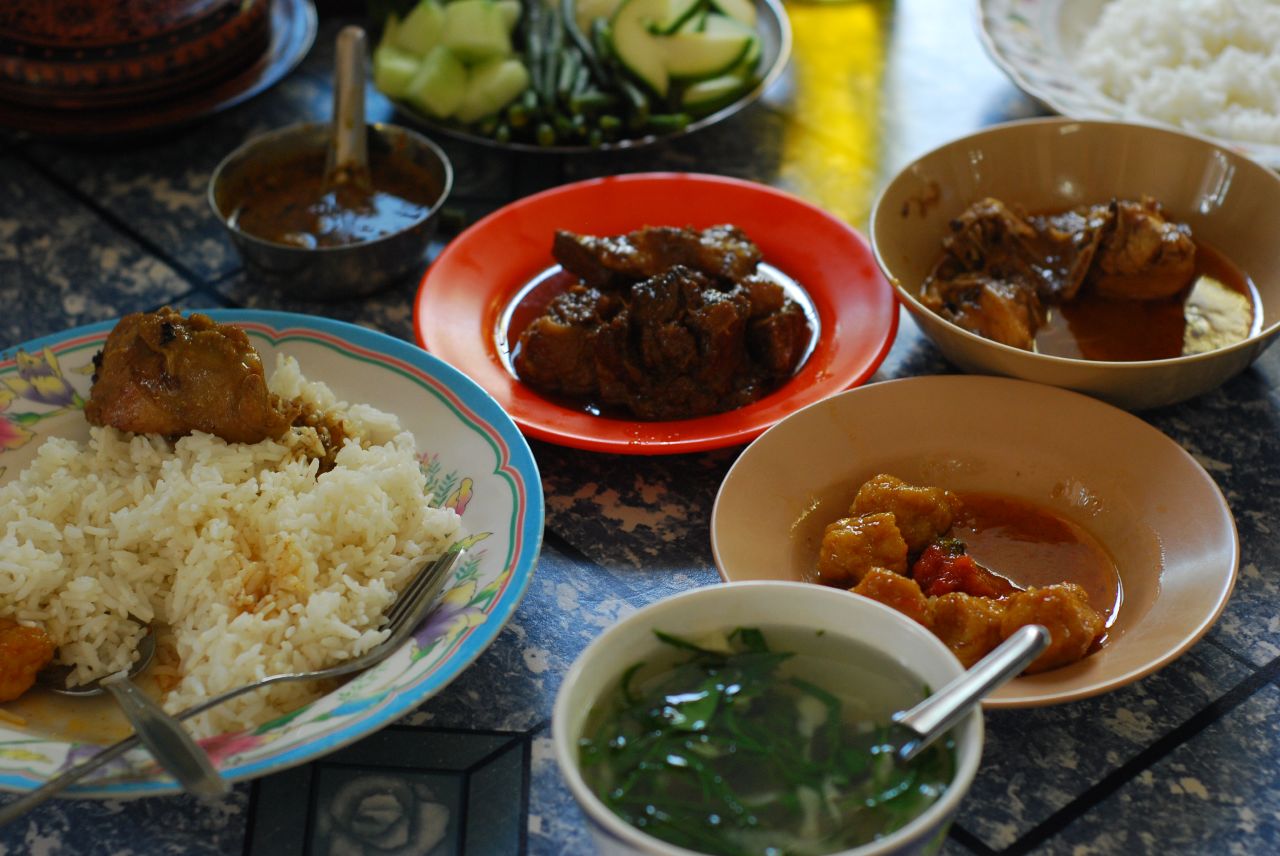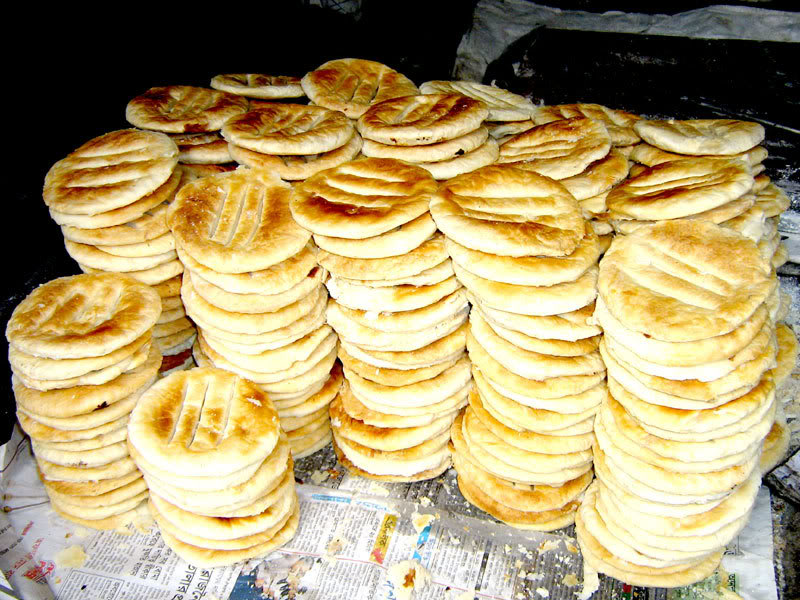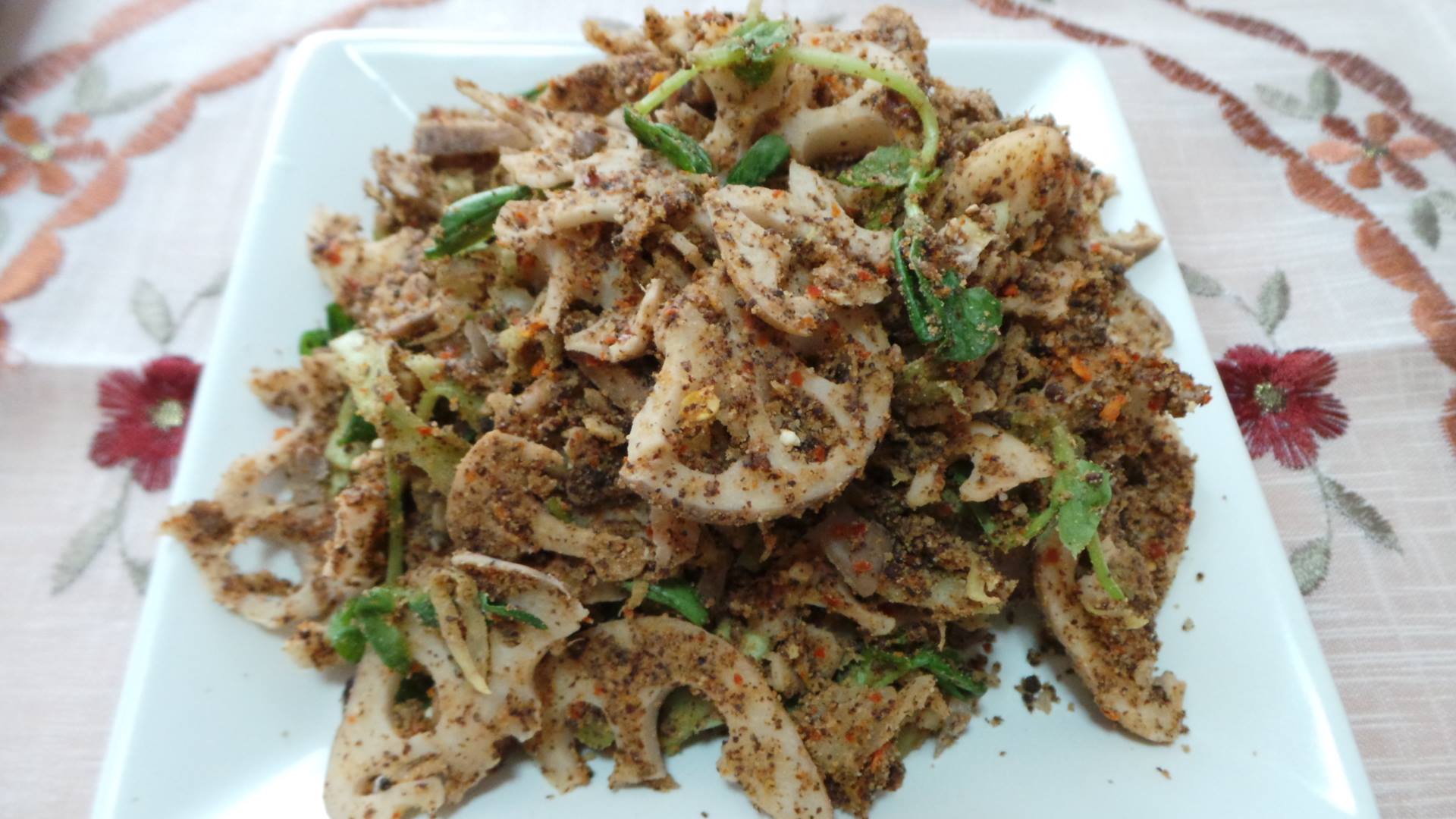|
Chakluk
Chakluk (; /chaak-look/) or Chaakluk is a Meitei traditional dish. It is common among the Meitei people (alias Manipuri ethnicity) in Manipur, Meitei people in Assam, Assam, Meitei people in Tripura, Tripura of Northeast India as well as in Meitei people in Bangladesh, Bangladesh and Meitei people in Myanmar, Myanmar. Etymology The Meitei language term Chakluk () is made from two words: "chak" () meaning rice and "luk" () meaning cooked rice. Together, they refer to a rice platter served with different dishes. The word "luk" comes from "luklen" (), which was a rice meal served on a large round tray called "lukmai" () in ancient Kangleipak (early Manipur). Types There are two types of chakluk: vegetarian and non-vegetarian. Vegetarian Chakluk In medieval times, there was ban on meat and alcohol with the promotion of vegetarianism in Meitei civilisation. Worship of deities involved offering a rice platter called lairuk (derived from "lailuk", where "lai" means "God"), serv ... [...More Info...] [...Related Items...] OR: [Wikipedia] [Google] [Baidu] |
Thali
Thali (meaning "plate" or "tray") or Bhojanam (meaning "full meal") is a round Platter (dishware), platter used to serve food in South Asia, Southeast Asia and the Caribbean. Thali is also used to refer to an Indian-style meal made up of a selection of various dishes which are served on a platter. Puja thali, Thali is also used in south Asia for ceremonial purposes. History Early history According to archeologist Bindeshwari Prasad Sinha, dish-on-stand and simple dishes belonging to the Indus Valley Civilization may be regarded as the prototype of Indian dishes as thalis but these do not have accompanying bowls commonly seen with thalis. According to Sinha the distinctive thali accompanying bowls instead appears in the Painted Grey Ware culture. Archeologist B.B. Lal similarly suggests food was eaten from the Painted Grey Ware culture, Painted Grey Ware dishes and bowls. B.B Lal notes that "typical dinner set in the Painted Grey Ware consists of the thali (dish), katora (bow ... [...More Info...] [...Related Items...] OR: [Wikipedia] [Google] [Baidu] |
Manipuri Cuisine
Manipuri cuisine refers to the cuisine of Manipur, a state of northeastern India. Daily meals are based on rice, with a few side dishes of vegetables, fish and meat. A meal would usually have a vegetable stew called or , flavored with dried or fried fish; stir-fried vegetables called ; and a spicy item, which could be (a chili paste), eromba (boiled and mashed vegetables with chili and fermented fish), or singju (a piquant salad). All piquant side dishes are accompanied by a choice of fresh herbs, collectively called . The base and essence of Meitei cuisine is the fermented fish called . Several dishes of meat, mostly chicken and pork, are cooked with unique recipes. Due to religious taboos, Muslims living in Manipur do not cook pork. A side dish of steamed () or boiled vegetables with a hint of sugar () are also quite common as palate cleansers in most meals. The aromatics of most dishes start with frying bay leaf, chives, onion, garlic, and ginger in mustard oil. The res ... [...More Info...] [...Related Items...] OR: [Wikipedia] [Google] [Baidu] |
Meitei Tradition
The culture of Meitei civilization evolved over thousands of years in what is now northeastern India and surrounding regions, beginning in Ancient Kangleipak, continuing most notably into Medieval Kangleipak, while influencing the neighboring states and kingdoms, till present times. Animals and birds Dogs are mentioned as friends or companions of human beings, in many ancient Meitei tales and texts. In many cases, when dogs died, they were given respect by performing elaborate death ceremonies, equal to that of human beings. Being wise is appreciated in Meitei society, but cunning is treated with suspicion. If a person is very cunning, they may be pejoratively be called foxy. Foxes appear in a number of Meitei folktales, including ''The Clever Fox'' (), ''The Fox and the Jackal'' (), and ''The Fox's Trick'' (). Crows Goddess of doves and pigeons In Meitei mythology and religion, Khunu Leima (), also known as Khunureima (), is a goddess associated with pigeons ... [...More Info...] [...Related Items...] OR: [Wikipedia] [Google] [Baidu] |
Ancient Kangleipak
Kangleipak was an ancient, lesser known civilisation, consisting of the modern day Manipur, Manipur, India which is still known to some residents as Kangleipak, and other neighbouring regions. The Kangla served as the foremost capital city of this realm from the 15th century BCE, up to medieval times. History The Kingdom of Kangleipak (present-day Manipur, India) was an independent monarchy in Northeast India with a rich cultural and political history. Traditionally believed to have been founded in 33 CE by King Nongda Lairen Pakhangba, Kangleipak was ruled by the Meitei kings, who established a distinct administrative system and patronized the indigenous Sanamahism religion. Throughout its history, Kangleipak experienced periods of internal consolidation, external conflicts, and cultural exchanges with neighboring regions, including Burma (Myanmar) and Assam. The kingdom saw a significant transformation during the reign of Garibniwaj (1709–1748), who expanded its territory ... [...More Info...] [...Related Items...] OR: [Wikipedia] [Google] [Baidu] |
Burmese Cuisine
Burmese cuisine encompasses the diverse regional culinary traditions of Myanmar, which have developed through longstanding agricultural practices, centuries of sociopolitical and economic change, and cross-cultural contact and trade with neighboring countries at the confluence of Southeast Asia, East Asia, and South Asia, such as modern-day nations of Thailand, China, and India, respectively. Burmese cuisine is typified by a wide-ranging array of dishes, including traditional Burmese curry, Burmese curries and stews, Burmese salads, accompanied by soups and a medley of vegetables that are traditionally eaten with white rice. Burmese curries are generally distinguished from other Southeast Asian curries in the former's prominent use of an aromatic trio of garlic, shallots, and ginger (in common with South Asian curries), and the general lack of coconut milk. Burmese cuisine also features Indian breads as well as noodles, which are fried or prepared in salads and noodle soups ... [...More Info...] [...Related Items...] OR: [Wikipedia] [Google] [Baidu] |
Bangladeshi Cuisine
Bangladeshi cuisine has been shaped by the region's history and river-line geography. Bangladesh has a tropical monsoon climate. The staple foods of Bangladesh are rice and fish. The majority of Bangladeshi people are ethnic Bengali, with a minority of non-Bengalis, many used to cuisines from different traditions and regions. History Bangladeshi culinary habits were strongly influenced by the cuisine and culture of the area's history of Mughal rulers. Dhaka was the Mughal capital of the Bengal Subah and a major trading center in South Asia. Traders, immigrants and visitors brought culinary styles from around the world, which influenced the city's cuisine. After Dhaka became the capital of East Bengal, Persian, Turkish and Arabic-influenced dishes became popular. Black pepper and '' chui jhal'' were used to add spiciness before chili was introduced from the Americas. Culinary style and influences Rice is the staple food of Bangladesh, while fish is the most common source ... [...More Info...] [...Related Items...] OR: [Wikipedia] [Google] [Baidu] |
Meitei Culture
The culture of Meitei civilization evolved over thousands of years in what is now northeastern India and surrounding regions, beginning in Ancient Kangleipak, continuing most notably into Medieval Kangleipak, while influencing the neighboring states and kingdoms, till present times. Animals and birds Dogs are mentioned as friends or companions of human beings, in many ancient Meitei tales and texts. In many cases, when dogs died, they were given respect by performing elaborate death ceremonies, equal to that of human beings. Being wise is appreciated in Meitei society, but cunning is treated with suspicion. If a person is very cunning, they may be pejoratively be called foxy. Foxes appear in a number of Meitei folktales, including ''The Clever Fox'' (), ''The Fox and the Jackal'' (), and ''The Fox's Trick'' (). Crows Goddess of doves and pigeons In Meitei mythology and Sanamahism, religion, Khunu Leima (), also known as Khunureima (), is a goddess associated wit ... [...More Info...] [...Related Items...] OR: [Wikipedia] [Google] [Baidu] |
Singju
''Singju'' (; ''pronounced sing-zoo'') is a dish from Manipur. It originated with the Meitei people, Meitei-culture but has been widely adopted by most of the ethnic communities of the state and in some neighbouring states of Northeast India. Often served as a spicy side dish, it is also popular as an afternoon or evening snack. Given that its main ingredient is seasonal vegetables, Singju has many variations. However, there are two main types: Ngari_(fish), Ngari (a kind of fermented fish)-based and Thoiding-Besan-based. Ngari_(fish), Ngari is a kind of fermented fish, the flavour of which forms the backbone of Manipuri cuisine. Roasted Ngari_(fish), Ngari-based Singju is more popular in all homes; however, it is not usually sold by local Singju vendors due to the high cost of Ngari_(fish), Ngari. The Thoiding-Besan version (with roasted perilla seeds and chickpea flour) therefore is more widely available from Singju vendors. Thoiding (Meitei language, Meitei: ꯊꯣꯢꯗ� ... [...More Info...] [...Related Items...] OR: [Wikipedia] [Google] [Baidu] |
Plants In Meitei Culture
Many play significant roles in the different elements of Meitei culture, including but not limited to Meitei cuisine, Meitei festivals, Meitei folklore, Meitei folktales, Meitei literature, Meitei mythology and Meitei religion (Sanamahism) of . Sacred botanical totems Plants used in rites and rituals is used by the Meitei people for decorations during the Sajibu Cheiraoba (Meitei Lunar Near Year Day) celebrations. is also used by the Meitei people for decorations during the Sajibu Cheiraoba (Meitei Lunar Near Year Day) celebrations. In Meitei culture, Kombirei flower represents love, life and death. It is frequently mentioned in the Meitei folktales and folk songs. In honor of this flowering plant species, the Government of Manipur, organises the "Kombirei Festival" every year, in the aim to preserve and conserve the natural habitats of ethnic flowers like Kombirei. Real plants mentioned in old texts Cape jasmine description Giving reference to Meitei King Kh ... [...More Info...] [...Related Items...] OR: [Wikipedia] [Google] [Baidu] |





